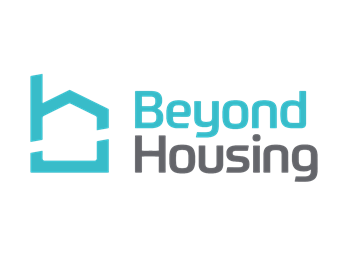The roadmap to a digital future
With 93% of Beyond Housing customers having internet access in their home, there are clear opportunities to enhance services such as Reach & Respond, making them more personalised and preventative. A digital transition plan is currently being developed to ensure Reach & Respond is ready to upgrade its existing analogue technology well before the proposed digital completion date of the end of 2025. The upgrading of the existing technology base will also enable its customers to benefit from the latest developments, and Reach & Respond is working closely with its customers and their families to ensure that they can gain the maximum benefit from this.
Reach & Respond is integral to Beyond Housing’s strategy for the future, and the decisions we make now will have a significant impact on how we deliver future technology gains and customise what we do to meet individuals’ needs, enabling them to maintain their tenancies with us for longer.
Steve Rawson, Chief Operations Officer, Beyond Housing
Adapting to change
Openreach has taken the decision that by December 2025 they will no longer use PSTN and ISDN copper networks to supply telephony in this country. That’s had a huge impact for independent living services like Reach & Respond. Changes to the infrastructure of all schemes and dwellings that rely on their service will be required, so developing a roadmap for the digital transition is vital.
Switching to a digital infrastructure will mean customer calls will be handled more quickly, and speech should be much clearer. No longer relying on a 60 year old copper rich telecoms system means the network will be more resilient. Digital also provides the opportunity to make services more preventative, with intelligent insight and proactive calling.
Becoming a digital Alarm Receiving Centre (ARC)
The first part of the digital transition will be the upgrade of Reach & Respond's ARC at Ennis Square, to a digitally-enabled Software as a Service (SaaS) platform.
Moving to a SaaS platform avoids the time and costs associated with sourcing, maintaining and managing hardware infrastructure, provides robust business continuity and the assurance of always operating on the latest version of software.
It also removes restrictions on operator location, enabling the service to become more agile if needed, and workflow guidance enables quicker response times and therefore increased capacity and an improved service user experience.




